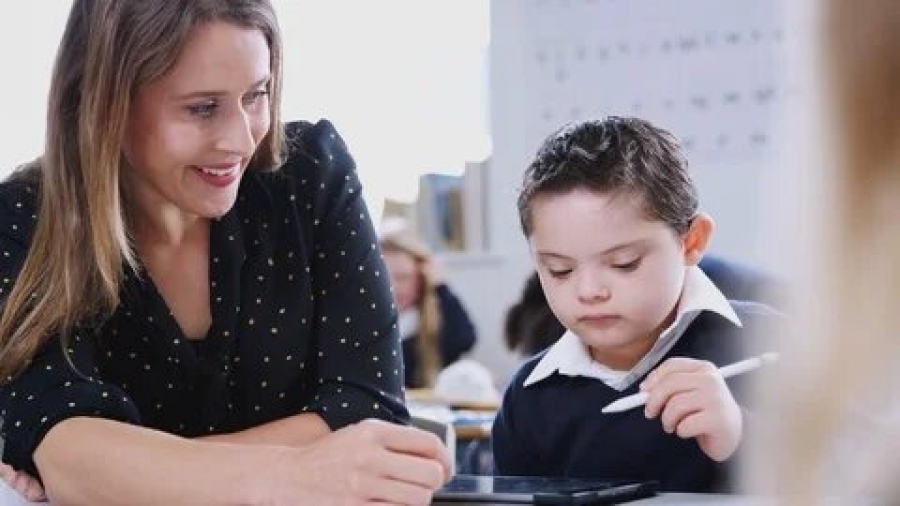As the country and our schools start to fully reopen amid warnings of second peaks and the reality of local lockdowns, now seems a good time to pause and review the next steps. As a SENCO, my reflections always start with the needs of students with SEND in mind. At a time when blended learning needs to be embedded into the teaching and learning model, I am reflecting on how students with SEND can continue to access specialist support when they are at home.
Remote learning via platforms such as MS Teams and Google Drive has allowed us to continue delivering lessons. We have been able to engage with students in real time, share resources, provide assessment and feedback, and importantly stay in touch with our students during a time of isolation. For students with SEND, accessing remote learning presents a significant challenge - but the challenge of accessing additional and specialist support is even greater. Just as with remote learning, online specialist services are no substitute for the ‘real thing’. Whilst interventions such as counselling, speech and language and literacy lessons have remained up and running, the impact of these services has been limited. Some students, especially those with high levels of anxiety, attention and listening difficulties or ASC have been unable to participate in online or telephone sessions or assessments. This means they may have missed out on over four months of specialist intervention, support and assessment. Educational Psychology services have been able to continue with assessments, however the elements relating to student voice and observations have been impacted.
But there is also a plus side. Specialists and SEND staff have learnt how to use online platforms as an alternative to the traditional model of 1-1 support/small group interventions. Some have included apps and video content into their sessions, moving away from a reliance on hard copy materials. Staff have used this time to review and create more interactive resources. We have also found that some students have engaged proactively in their sessions and have used apps independently to continue learning. Some students with SEND have benefitted from a slower pace of learning and a reduced level of sensory overload. Where students have been unable to engage with the sessions, we have been able to use this time to engage directly with parents and share strategies and resources they could use to support their children at home. We have also been able to reassure parents and acknowledge any challenges they may face whilst encouraging their children to learn at home.
We have found that students who were able to access a combination of in-person and online interventions made the most progress and had the highest levels of engagement when working from home. Going forwards, I am committing to using a blended intervention model by incorporating a combination of online and home learning activities into our Academy SEND offer.


















